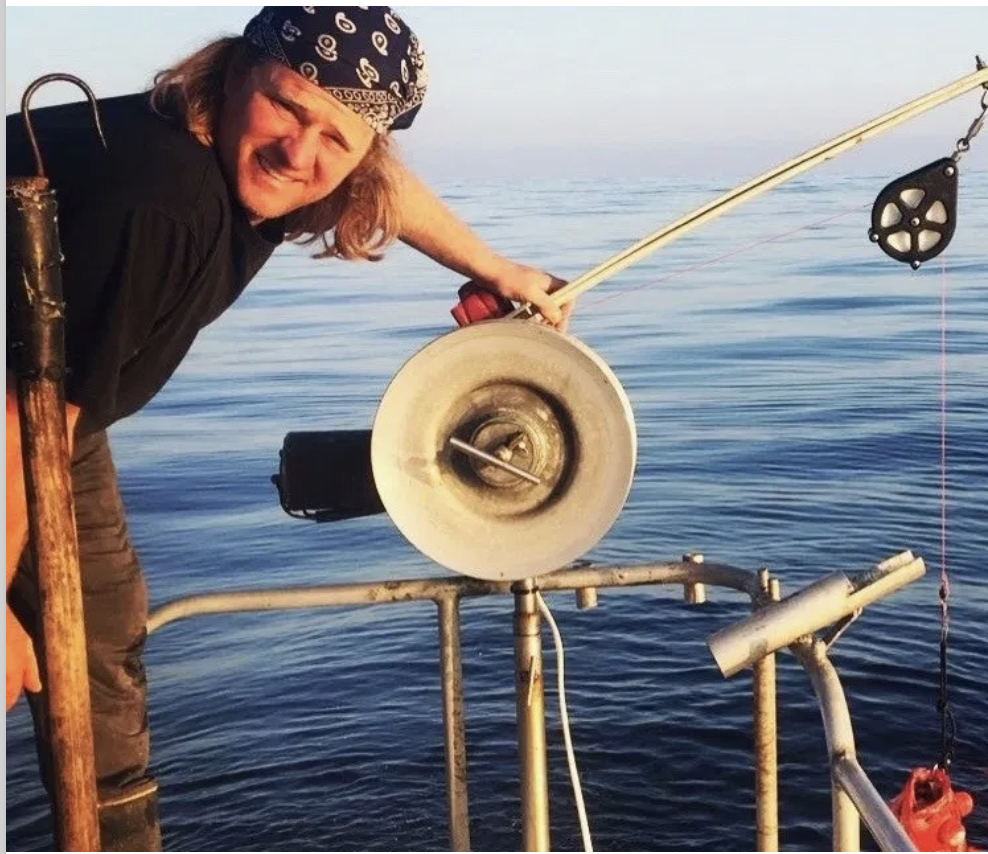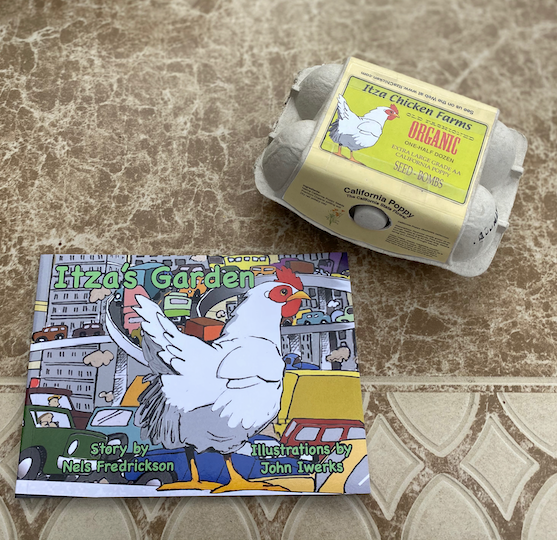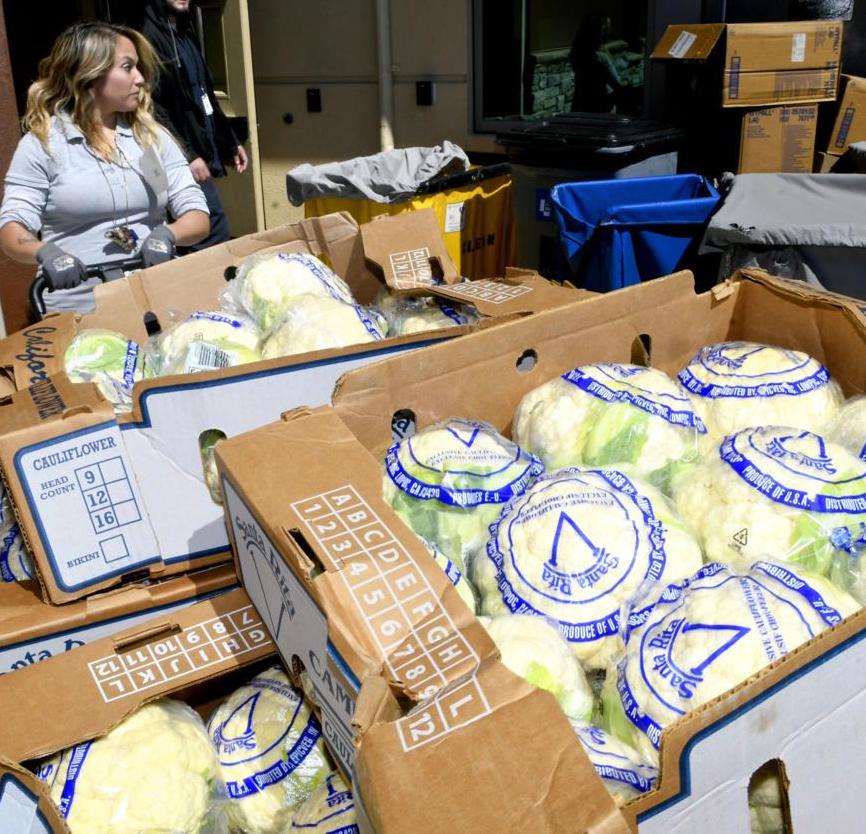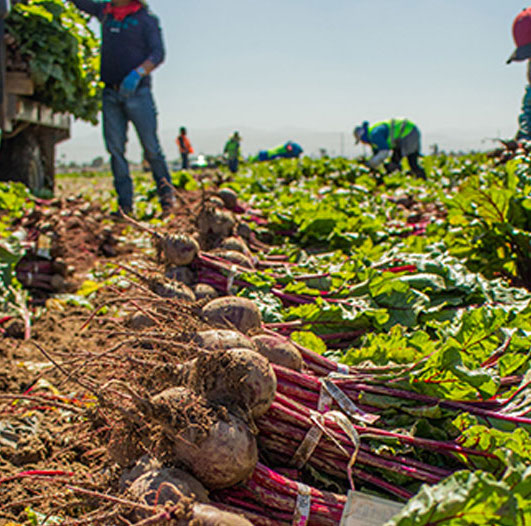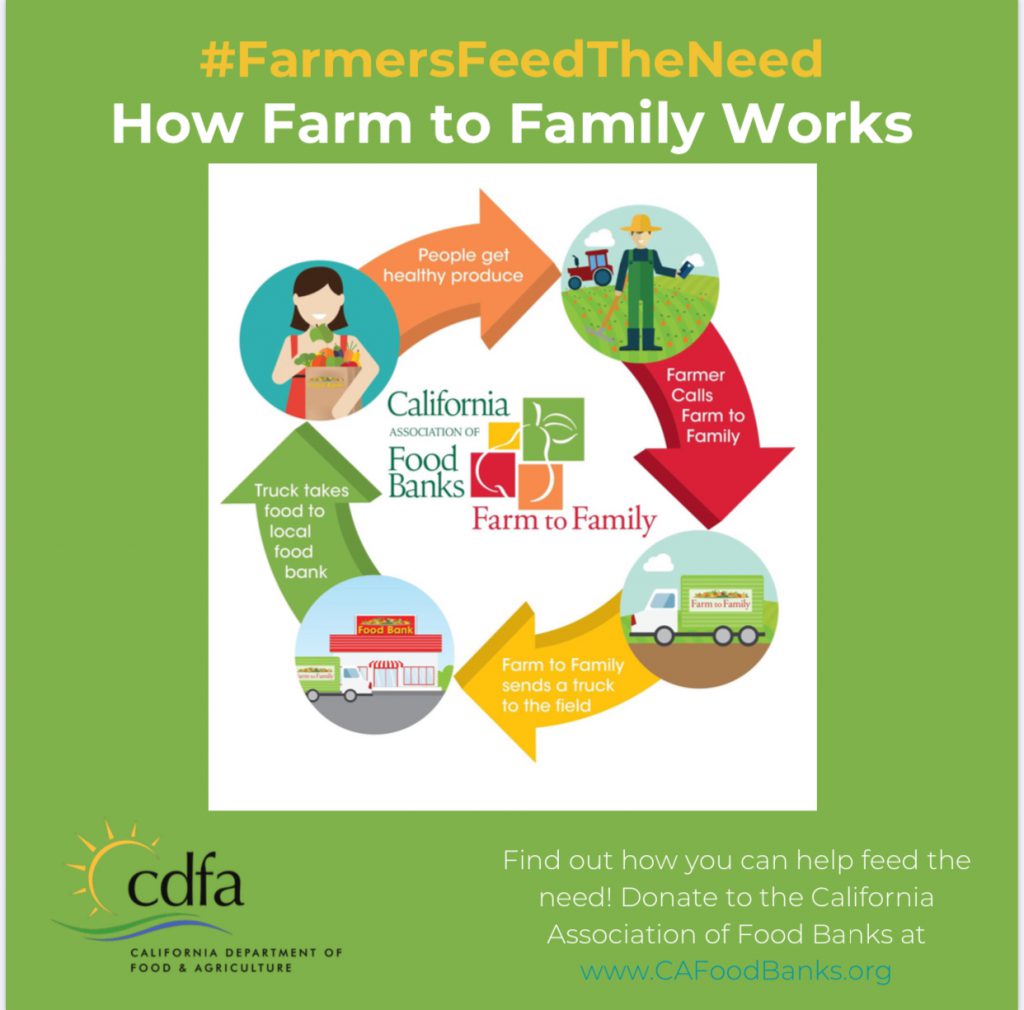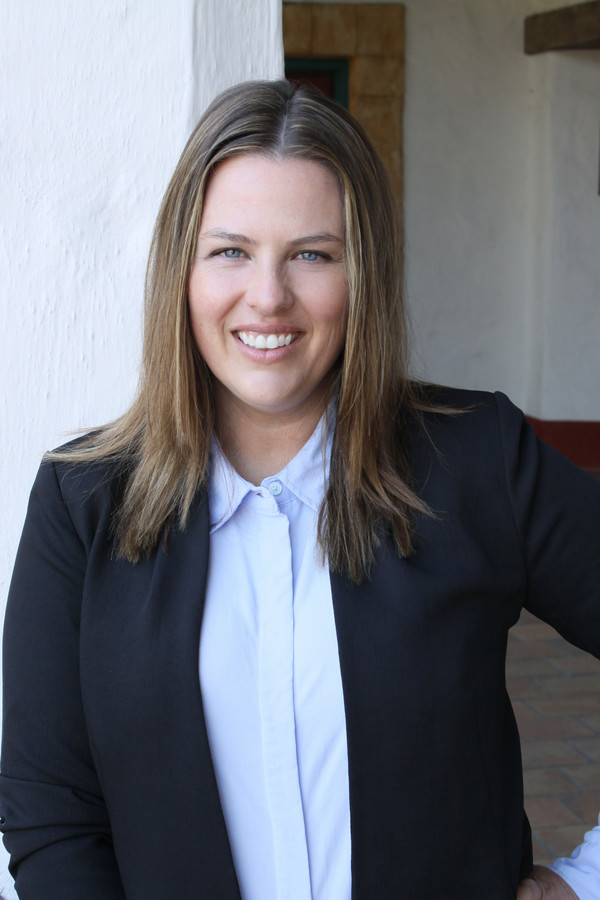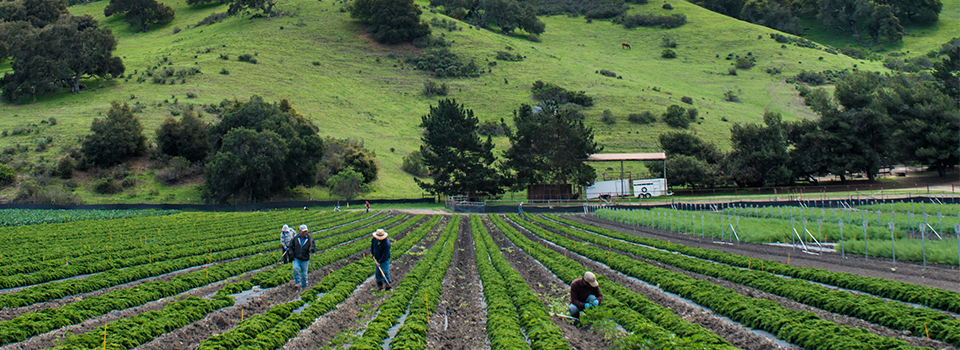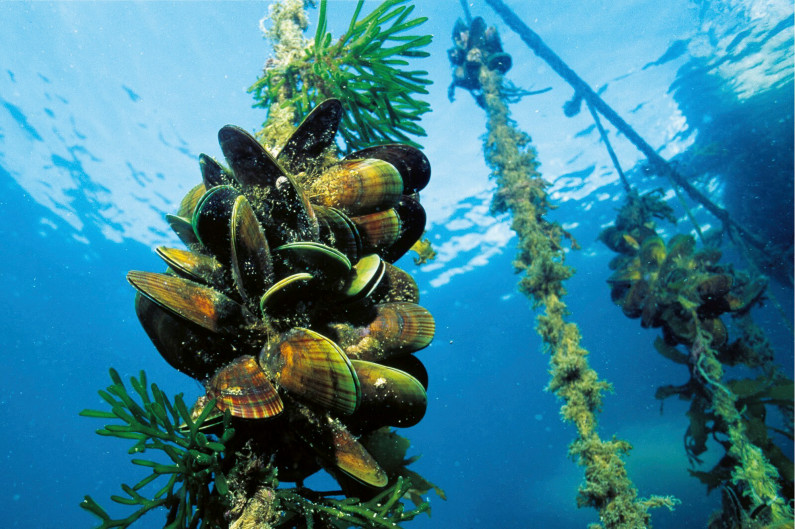A Food Action Network for Everyone
A successful Network is a community where everyone can participate, contribute, and benefit from connecting with others. That’s why we are setting a table with space for everyone. We welcome you to grab a seat and join the conversation so that together, we can build a more resilient food system.
That being said, the Santa Barbara County Food Action Network is a work in progress. We have much to learn, including how we can create a hub for our countywide food system that over time will reflect all of you. We are committed to taking a stepped approach to inclusivity, diversity, and accessibility as we develop our language and communications, outreach, and leadership.
Thank you in advance for your patience and understanding while we continue to evolve.
The SBCFAN Team

